
Correction appended: April 10, 2015.
Twenty-one years ago Tuesday, a genocide began in Rwanda that would claim as many as 1 million lives over the next 100 days. Today, the small East African nation has progressed remarkably from a history plagued with corruption, ethnic divisions and underdevelopment.
Under President Paul Kagame, who some credit for helping end the 1994 genocide, Rwanda has taken a number of steps to turn itself around. Provincial boundaries were redrawn, infrastructure was strengthened, a transitional justice system convicted the worst Génocidaires — even a new flag was unveiled to promote national unity and reconciliation. While some accuse Kagame of using his country’s history as a means of controlling its modern politics, there’s no doubting his country’s economic success.
But as Rwanda heals its past, the nation is also forging ahead — aggressively. A government initiative is underway to expand technology and connectivity, with the goal of transforming the agrarian economy into a highly digitized, middle-income country by 2020. With its population projected to reach 16 million by 2020, from 8 million in 2000, the country is looking beyond state funds and international aid to develop its economy: “While both of these must contribute, the backbone of the process should be a middle class of Rwandan entrepreneurs,” according the plan, called Vision 2020.
Vision 2020 is bold, but it’s working. And many outside Africa — and inside — are marveling at how an economy long-dominated by subsistence farming is becoming a high-tech hub — and one of the 20 fastest-growing countries in the world.

“It’s apparent if you walk around [the capital city, Kigali]. They have currency with kids on their laptops. Everyone has a cell phone, and these cell phone companies have their advertisements painted all over the country, even if you drive into the rural parks,” says New York-based photographer Cassandra Giraldo, who took the images in this story during her February trip to Rwanda under the International Women’s Media Foundation’s African Great Lakes Reporting Fellowship. “It’s a very different narrative that we don’t see coming out of East Africa or Africa as a continent.”
The rapid adoption of mobile technology in particular has been vital in paving the way for a new generation of Rwandan entrepreneurs. In the early 2000s, Rwanda’s government kicked off Vision 2020 by linking the country to an international network of undersea cables and global wireless networks. The use of mobile phones has skyrocketed in Rwanda since then, so much that Nsengimana even launched the country’s first high-speed 4G LTE network last November:
One such entrepreneur working to drive Rwandan progress is social entrepreneur Aphrodice Mutagana. Mutagana, 30, is the founder of FOYO, a mobile pharmaceutical directory that provides education to Africans relating to medicine, including dosage information, drug-food interactions and side effects. Mutagana’s interest in healthcare has also led him to launch the Incike Initiative, a mobile crowdfunding app that raises funds for elderly survivors of the genocide, some of whom are the only remaining members of their families.
Last year, Mutagana raised 1.7 million Rwandan francs ($2,500), an amount he hopes to top in this year’s campaign, which launched this week and is timed to coincide with the national commemoration of the genocide from April to July. “We decided to dream big,” Mutagana says. “Technology is affecting everything, and now you can contribute in ways you didn’t have 20 years ago.”
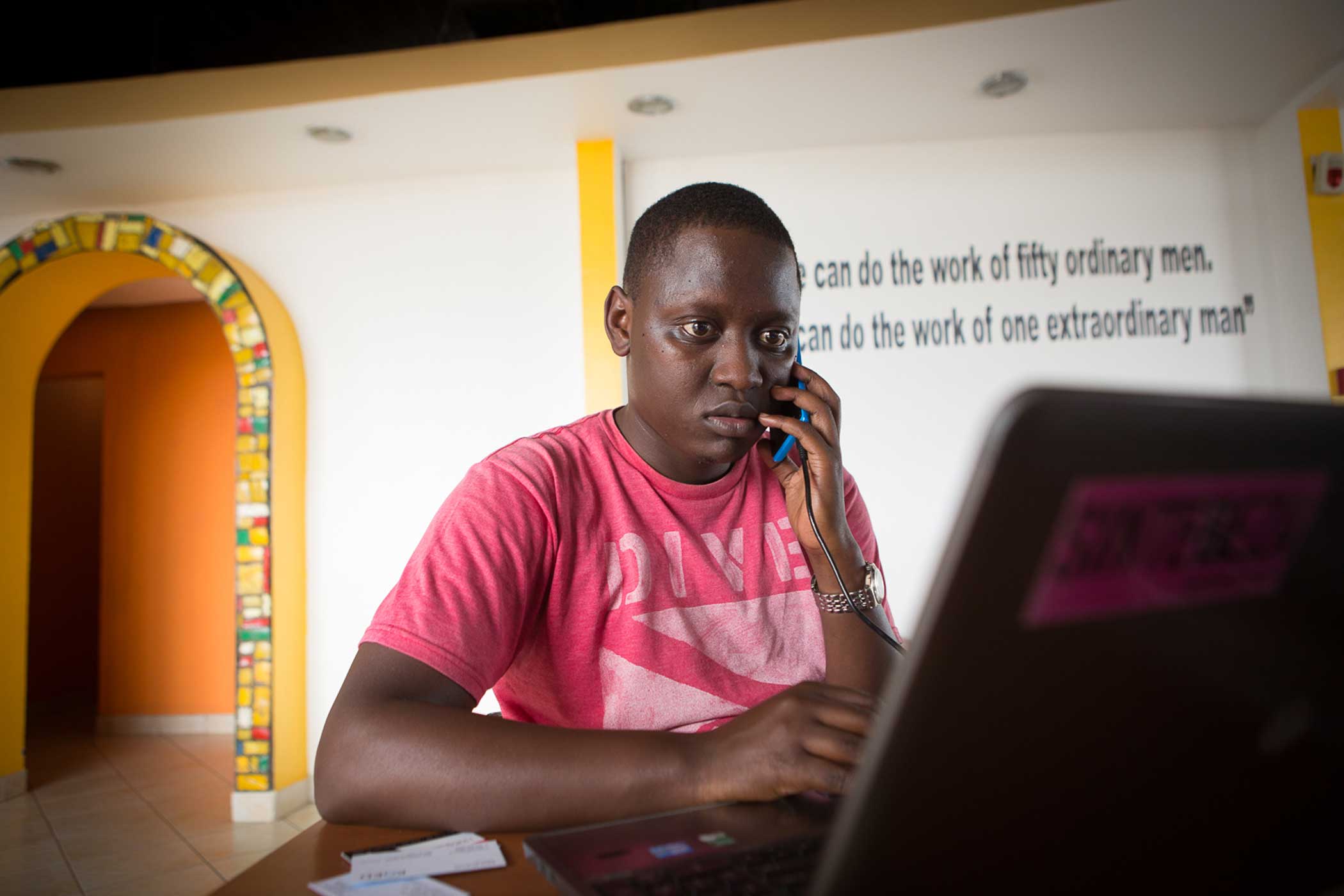
Like many Rwandan entrepreneurs, Mutagana frequently works at kLab, an open space for IT entrepreneurs to collaborate. kLab, which stands for “knowledge lab,” is designed to help students, new graduates and other innovators to turn their ideas into viable business models under experienced mentors and tech workshops. Other co-working spaces, like “The Office“, have given other entrepreneurs the tools to launch their ideas, including Clarisse Iribagiza, 26, CEO of software development company HeHe Labs.
With HeHe Labs, which was started in 2010 after development in an MIT-run startup incubator, Igibagiza offers a Code Club fellowship to recently graduated high school students, who serve as leaders and mentors in schools around Kigali. Her interest in inspiring Rwanda’s youth has also led her to actively encourage young girls to consider careers in technology, including having partnered with Nike to design the mobile software Girl Hub, which allows girls to use their mobile phones to provide feedback to weekly radio shows. “We want to create homegrown solutions and to focus on the now,” says Iribagiza.
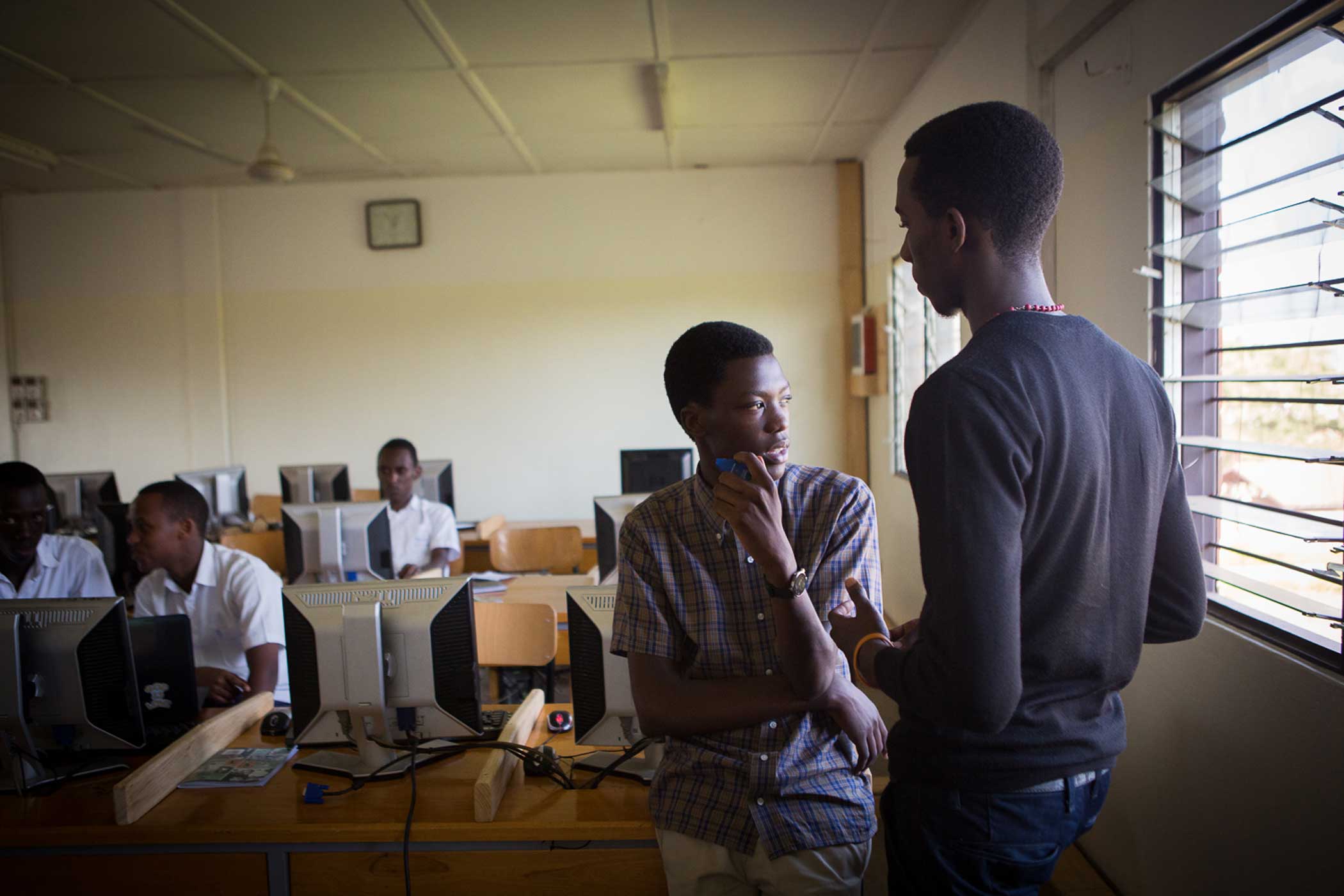
As entrepreneurships emerge in Rwanda, the push for greater technological growth has also enticed multinational businesses, investors and institutions to establish a foothold in the country. Carnegie Mellon University, for example, opened a Rwandan campus in 2012 to attract students interested in the country’s efforts to boost its tech sector. Smaller companies like laptop and smartphone maker Gira ICT have partnered with manufacturers like Apple, Samsung, HP and Lenovo to offer customers a monthly payment system to boost affordability. Meanwhile, Rwandan partnerships with Microsoft and Intel have launched a number of educational initiatives in Rwandan schools to ensure a new generation is equipped with the skills to continue the technology initiative.
Still, some companies and investors treat Rwanda with caution. A high cost of credit has led to businesses paying upwards of 20% of interest on their loans to banks, despite the ease with which many entrepreneurs describe launching their companies. Additionally, some see Rwanda’s steady GDP growth — about 8% last year — as being possible only due to the country’s historic poverty. In fact, Rwanda is still classified as low-income country with a ways to go until it reaches a middle-class designation, according to the World Bank.
But in a small landlocked country lacking in natural resources, technology is one of the few domestic resources that Rwanda may be able to mobilize in order to decrease its high dependency on foreign aid. Even more visible changes may lay ahead with the last stage of Vision 2020, which uses the new infrastructure and technology to improve education, communities and the private sector.
“Not only are they reducing the cost of making technology accessible, they’re also creating jobs,” says IDC Sub-Saharan Africa analyst Mark Walker, who is based in South Africa. “Rwanda is neither mineral-rich nor oil-rich, and to that end, technology is a great enabler.”
Correction: The original version of this story incorrectly identified who was responsible for launching the Vision 2020 program. It was initiated by the Rwandan government.



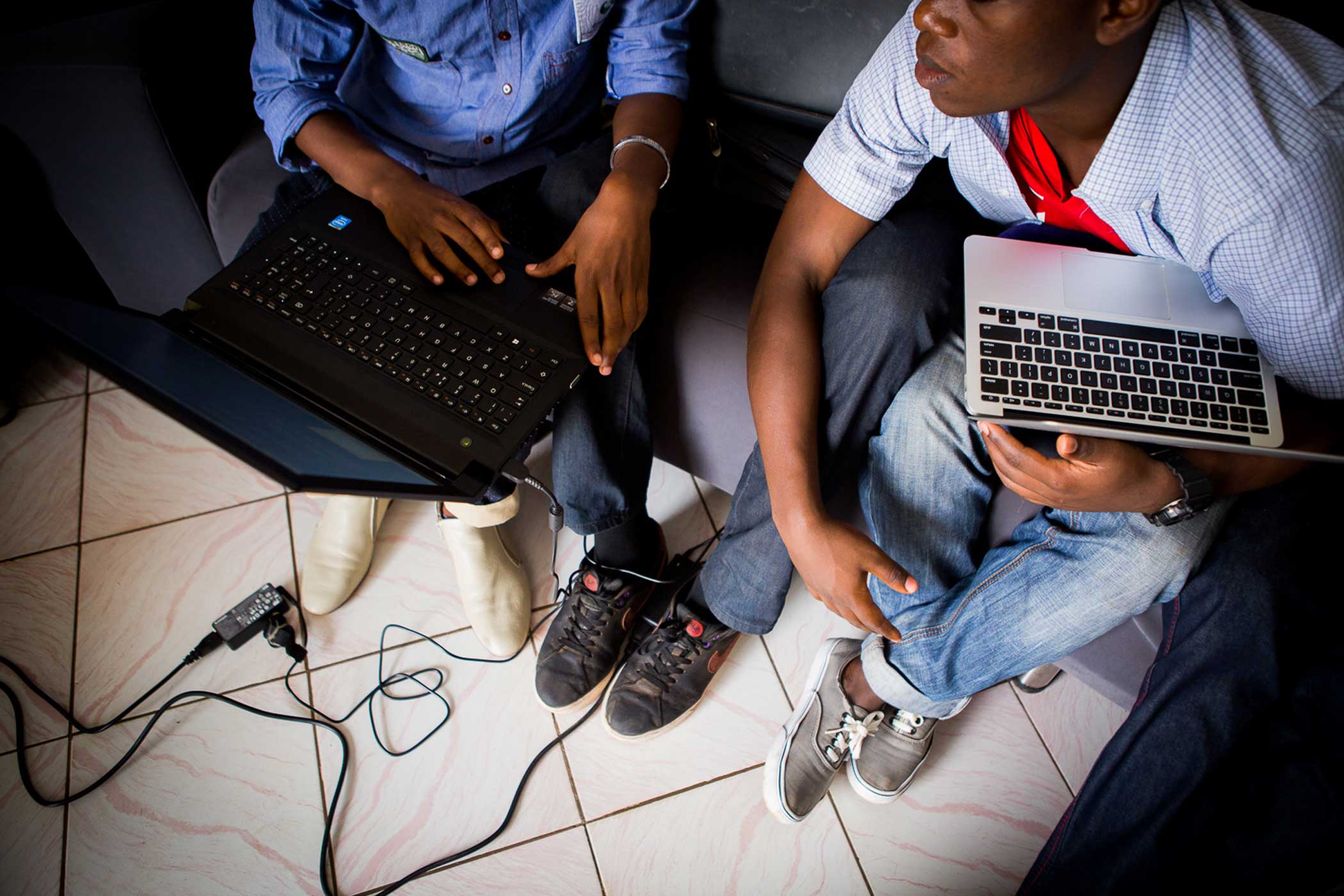
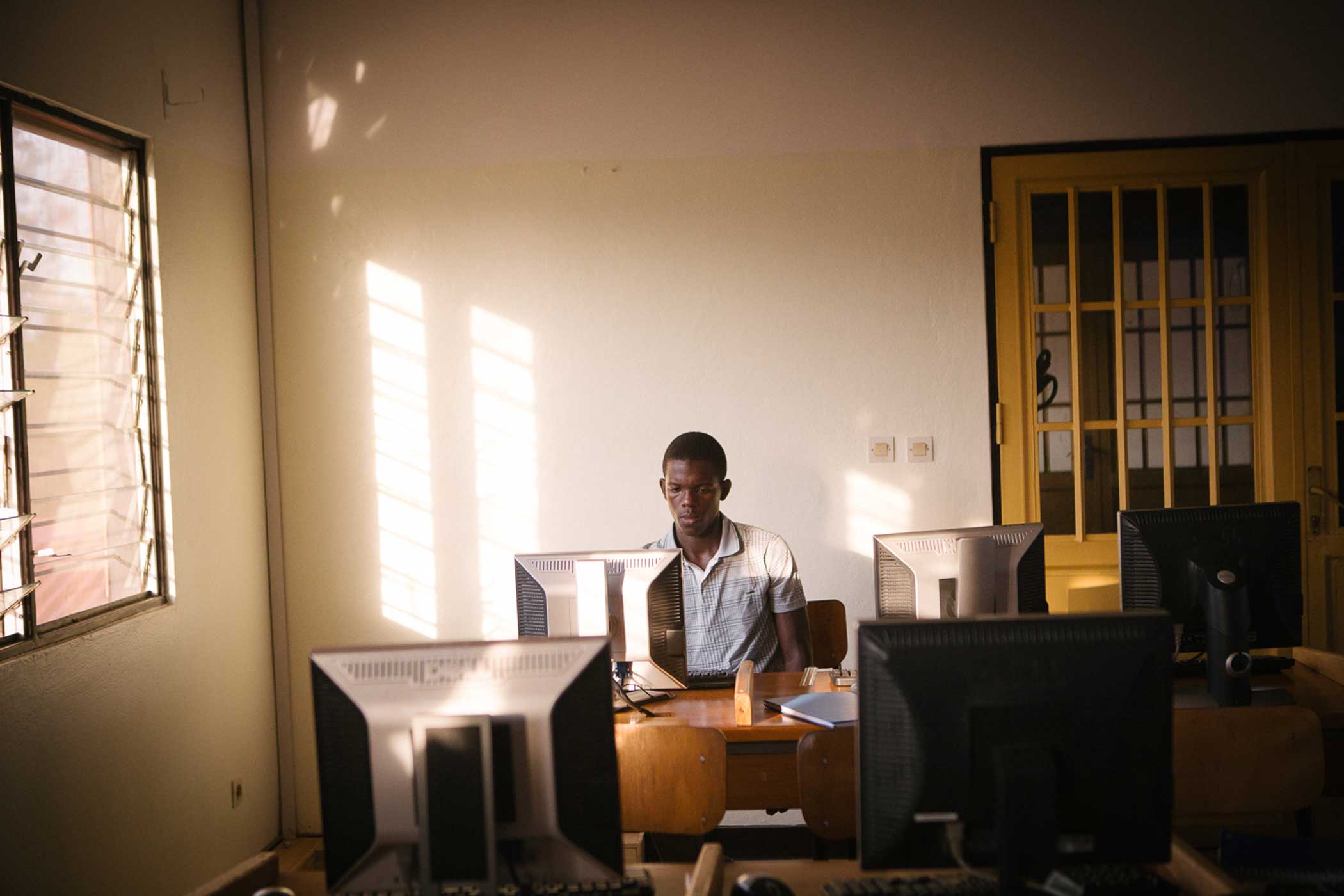

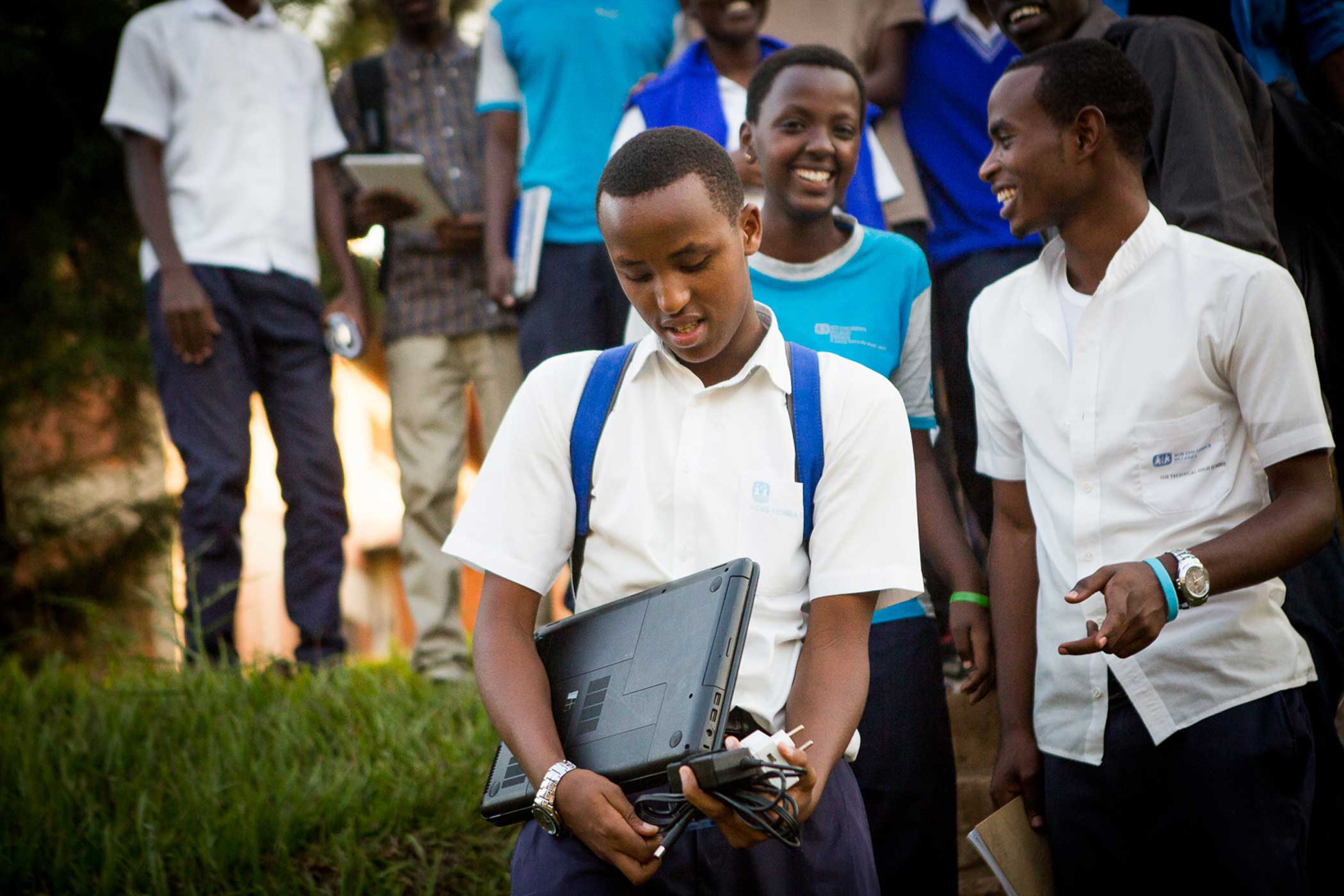
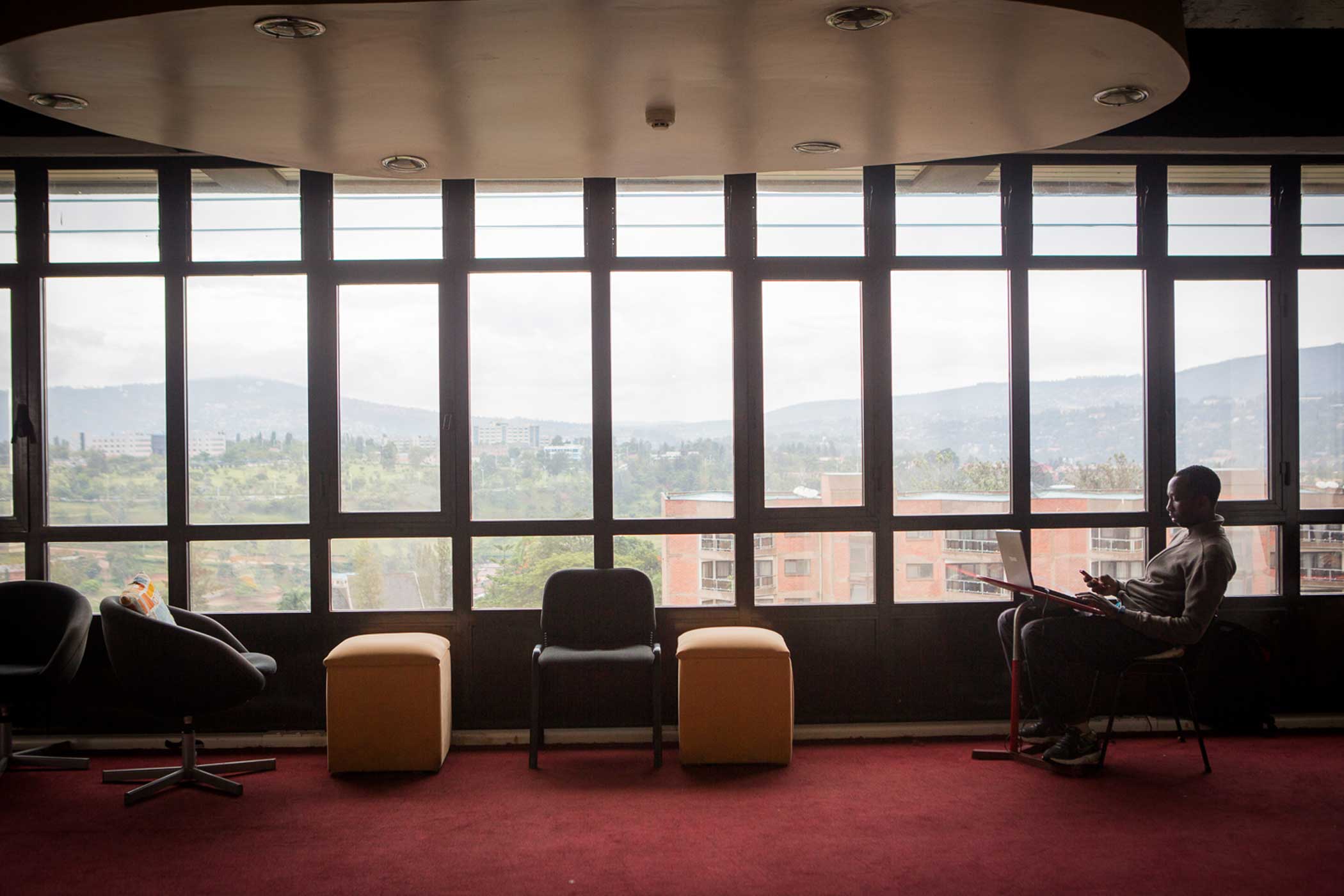
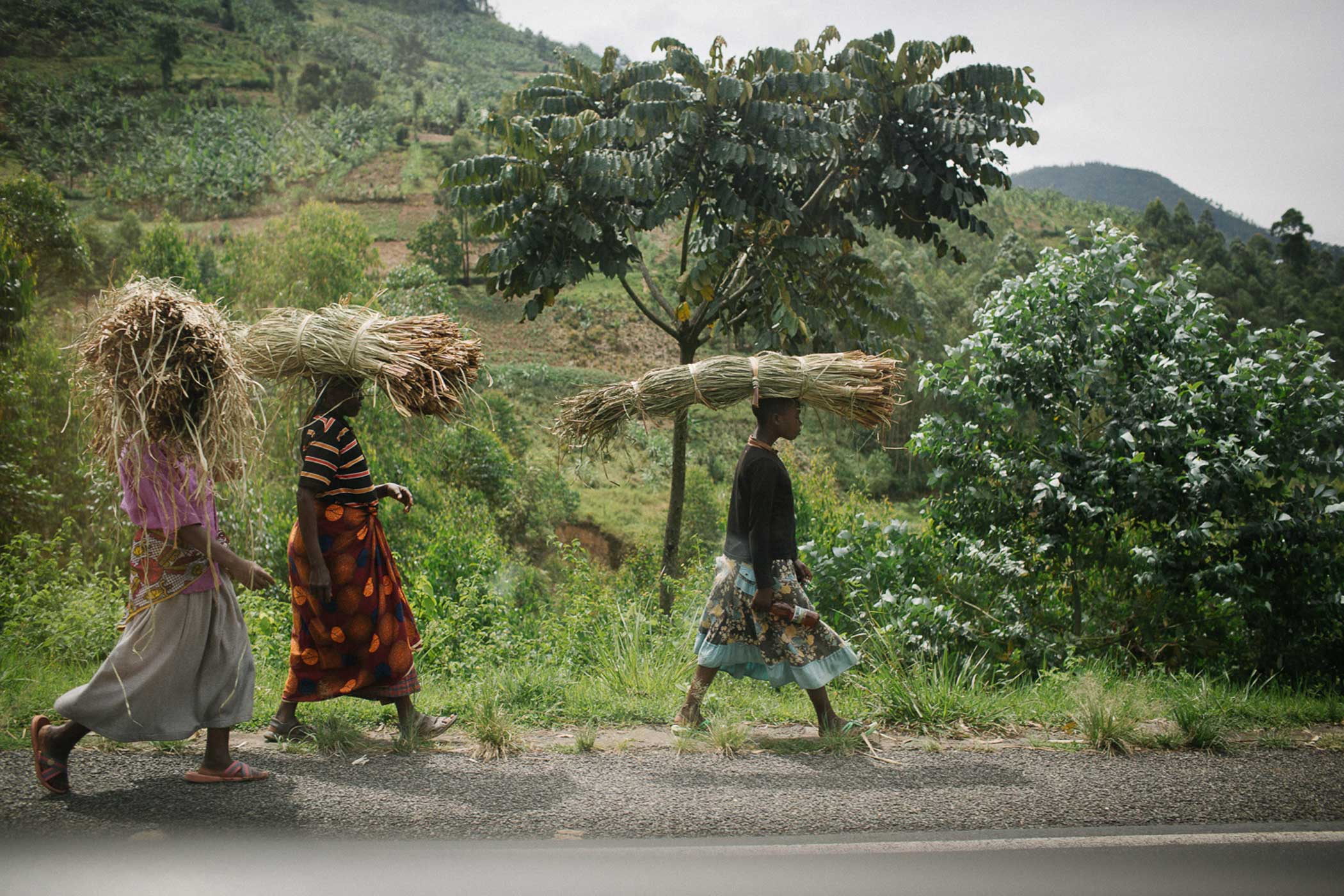


More Must-Reads from TIME
- Cybersecurity Experts Are Sounding the Alarm on DOGE
- Meet the 2025 Women of the Year
- The Harsh Truth About Disability Inclusion
- Why Do More Young Adults Have Cancer?
- Colman Domingo Leads With Radical Love
- How to Get Better at Doing Things Alone
- Michelle Zauner Stares Down the Darkness
Contact us at letters@time.com